There is more to vision therapy than simply strengthening the eyes. It also enhances the neurological connections between the eyes and the brain. Eyes are the windows of the brain. It directly influences sight based on how it interprets images received. A healthy connection between the eyes and the brain is essential for good eyesight.
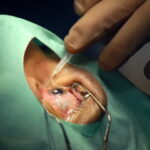
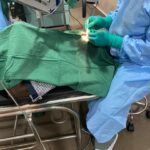
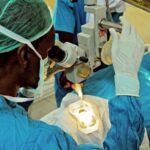
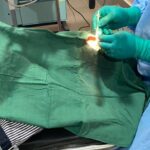
Previous
Next
Frequently Asked Questions
- What condition do I have?
- What causes this condition?
- Will it affect my vision, now or in the future?
- Do I need to make any changes to my everyday life?
- Are there any symptoms I need to watch for?
- What do I need to do if I notice those symptoms?
- Do I need any tests?
- What do you want to find out from the test?
- When will I get my test results?
- Does the test have any risks or side effects?
- Will I need more tests later?
- What treatment do you recommend for me and why?
- When will I start treatment and how long will it last?
- What do I need to know about the medicine you’re prescribing?
- Are there any side effects?
- What are the risks and benefits of this treatment?
- Are there other treatment options?
- Visual acuity test. You’ll be asked to read from a chart, called a Snellen chart that contains lines of random letters that become smaller as you move down the chart.
- Color blindness test. You’ll be asked to look at several charts filled with colored dots that form numbers.
- Stereopsis test. This test determines if you have adequate 3-D vision.
- Peripheral vision tests. You might be asked to look into a machine and indicate when you see points of light.
- Eye muscle test. You might be asked to look at a penlight or pencil and move your eyes in different directions.
- Pupil constriction test. Your ophthalmologist might look at your pupils with a penlight to confirm your pupils respond to light by constricting or closing.
- Fundus check. You might be given eye drops to dilate your pupils so your ophthalmologist can check the structures at the back of your eye. This area is called your fundus and includes your retina, nearby blood vessels and your optic nerve.
- Front of eye check. You might be asked to look into a slit lamp, which is a magnifying device so your ophthalmologist can check your eyelids, cornea, conjunctiva, sclera and iris.
- Glaucoma test. This test involves placing your eye up to a lens that emits a puff of air so your ophthalmologist can check for glaucoma.
- All children should have vision screening in a pediatrician’s or family practitioner’s office around the time when they learn the alphabet, and then every one to two years afterward. Screening should begin sooner if any eye problems are suspected.
- Adults ages 20 to 39 should have complete eye exams every five to 10 years.
- Adults between the ages 40 to 54 should have their eyes checked every two to four years
- Adults between the ages 55 to 64 should have their eyes checked every one to three years.
